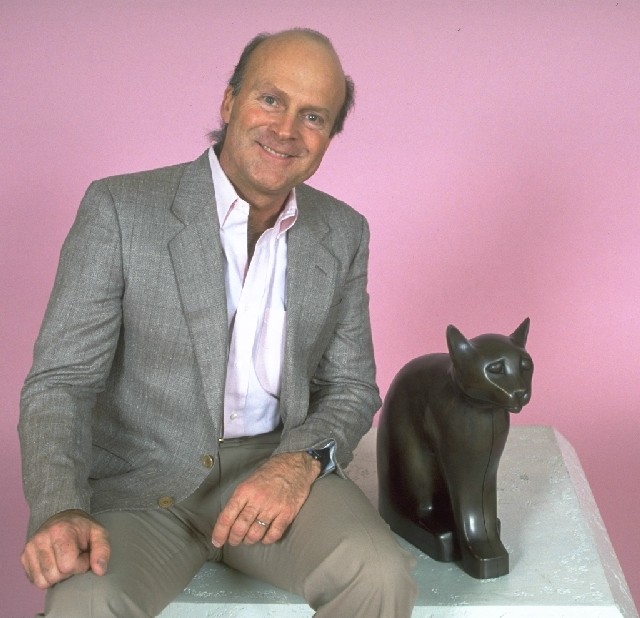 | |
| Cat Mummification in Progress (Wikimedia) |
The sacramental nectars of Summum are just such natural condensers of charged elemental energies. Based upon an ancient pre-Egyptian formula, these soma nectars are produced in a large pyramid in Salt Lake City, Utah. Within the pyramid, they are left in a creative state for seventy-seven days, then aged from one to fifteen years. The nectars are called "publications" because they contain spiritual concepts and information.This paragon of infographics helps us visualize the process. This is definitely the world's only pyramid that is also a bonded winery.
 |
| This is what I really mean when I tell my wife that I'm working on a 'publication' (summum.org) |
“The ancient Egyptians turned people into a dried-out object like beef jerky. But our wet process keeps the body fresh and supple,” said Ra. “When, after several months, we remove the bodies of animals that have been kept in my special preserving solution in a sealed tank, their owners are surprised to find their pets have soft fur, eyes that look normal and healthy and there is a total absence of rigor mortis.“ The body being mummified is taken from the preserving liquid vat, cleaned, covered in soft lanolin cream. It's then wrapped in 27 layers of gauze, the only similarity to a typical mummy. The body is then encased in resin (like the natural amber holding dinosaur DNA in Jurassic Park) and then painted over and sealed in with a plastic paint. They are next covered in plaster used in broken bone casts and finally, if an animal, covered in gold leaf paint or any other color.Finally, they are put into solid metal mummiform containers, like the one holding 'Rooster', a bull mastiff (shown here as the gold leaf was being applied). Once finished, you can put the mummy on display in your home, or wherever.
This public access TV video has some great images of the process:
More video from Nat Geo (with some truly goofy moments) and Discovery (who get Corky talking about the little blue extraterrestrials).
It seems like Summum's bread and butter is pet mummification; so far it seems only Corky himself (who died in 2008) has been given the full human treatment. (He and his mummiform rest inside the pyramid, presumably not far from the wine.) According to an interview in Edit International, almost 1500 people have paid up in advance to be mummified after death, including British tycoon Mohammed El-Fayed! According to Corky,
We are dealing with 167 of the rich and famous and their children, some of them movie stars who want their bodies to last as close to forever as possible. They have contracted with Summum to be perfectly preserved with their genetics and DNA to become the advanced beings of the future. We had to sign special agreements with their lawyers that their names would not be used.One of the implications of 'modern mummification' - or so everyone hopes - is that it will preserve the body and DNA well enough for later revival and pave the way for immortality. It's an archaeopop twist on cryonics and other flavors of 70s futurism - supporting my contention that archaeology and science fiction are more or less the same thing in popular culture.
 |
| Corky Ra with a friend (source) |







